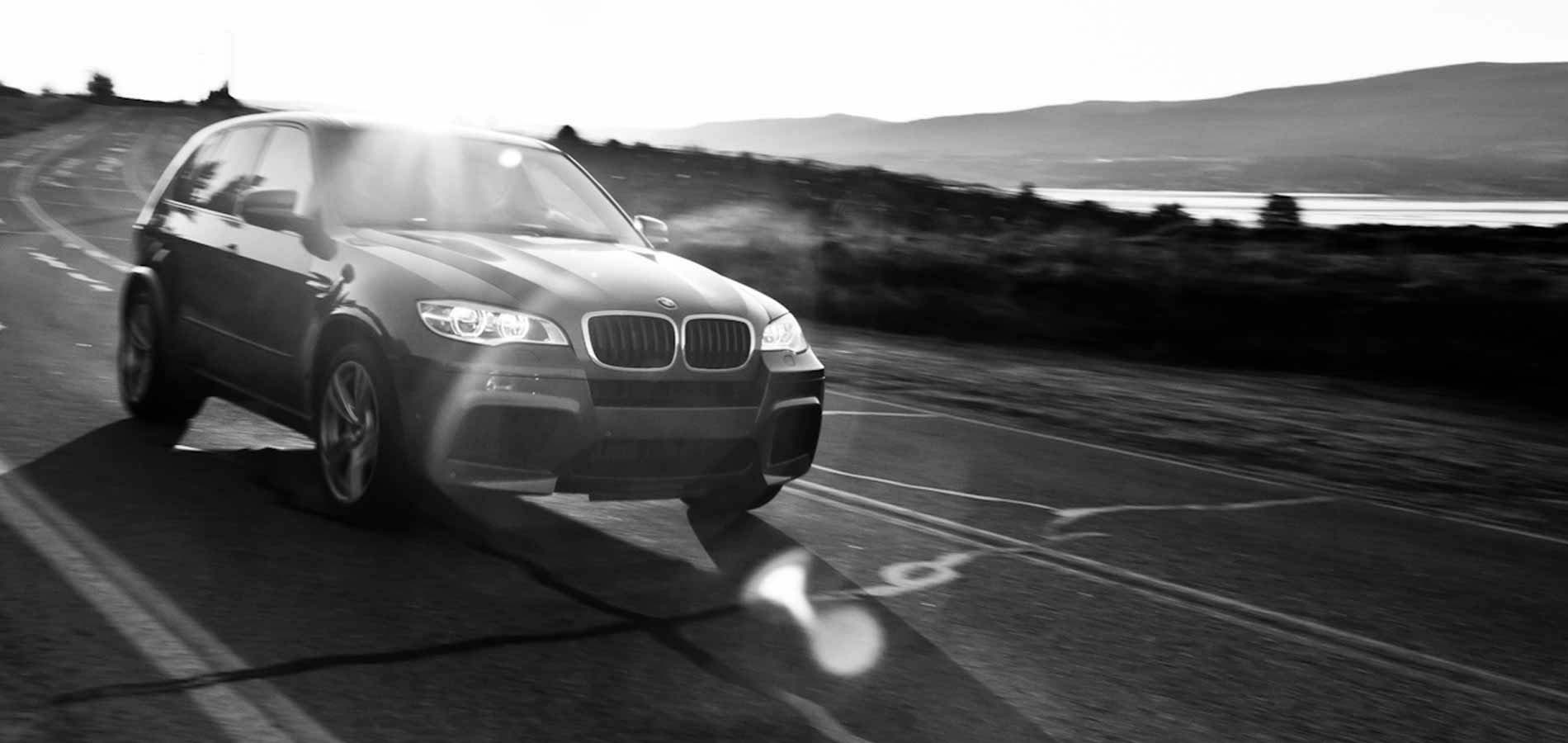Ready For New Rubbers? Winter Tire Tips
Snow Wonder People Use Winter Tires!
You already know that proper tire pressure will extend the life of your tires, and provide you with a safer, more comfortable, fuel-efficient ride. Here are a few winter tire tips that you may not know:
- Tires marked with a mountain/snowflake symbol on the sidewall offer the best traction on snow and ice and in cold weather
- Tires marked with M+S offer better traction than summer tires but are less effective than mountain/snowflake tires in severe winter conditions
- Tires must have at least 3.5 mm tread depth to qualify as legal winter tires
- Even if your vehicle has an Anti-lock Braking System (ABS), Electronic Stability Control (ESC), All-Wheel Drive (AWD) or four-wheel drive you should still install 4 winter tires. The key is the grip snow tires provides on snow and ice.
- Install all four winter tires to maintain control and stability (same type, size, speed rating and load index).
Check out this video showcasing the benefits of using four winter tires of the same type. http://www.rubberassociation.ca/wintertirevideos/wintertirevideos.html
- Change your winter tires when the average temperature reaches +7 degrees Celsius
- If you need to put your tires on rims, be sure you use a qualified installer which uses state-of-the-art equipment to avoid damage; Motor Werke has a new, quality mounting machine
- Looking at your tires for inflation or damage is not enough, place your vehicle on a hoist for an in-depth tire inspection for irregular wear, cracks, deep cuts or blisters
- Do not use the tire pressure written on the side of the tire, refer to your owner’s manual or the sticker on the inside of the driver’s door
- About 50% of cars have at least one tire that is underinflated
- Check your tire pressure when they are cool, about 3 hours after you have finished driving
- Many automated tire pressure monitors only report a warning when 25% or more of the tire pressure is lost
- Don’t forget to check the tire pressure in the spare; it may be awkward but it is necessary
- Noisy tires are typically caused by irregularly or uneven wear pattern on your tires
Sources:
Motor Werke
Drive BC
Transport Canada
Tire & Rubber Association of Canada





